How Weigh Filler Packaging Machines Ensure Regulatory Compliance
In today’s highly regulated manufacturing environment, it is more important than ever to ensure that your packaging equipment meets all applicable regulatory requirements. Weigh filler packaging machines are no exception. These machines must be able to accurately and consistently fill packages to the correct weight, regardless of the product being filled. In addition, weigh filler packaging machines must be able to meet specific requirements for sanitary design and operation.
By following these guidelines, you can help ensure that your weigh filler packaging machines meet all applicable regulatory requirements. This will help you avoid costly fines and recalls, and it will also help you protect your customers from the dangers of inaccurate or contaminated products.
Accuracy and Consistency
One of the most important regulatory requirements for weigh filler packaging machines is that they must be able to accurately and consistently fill packages to the correct weight. This is necessary to ensure that consumers are getting the correct amount of product for their money, and it is also necessary to prevent food contamination.
Weigh filler packaging machines use a variety of technologies to achieve accuracy and consistency. Some machines use load cells to measure the weight of the product being filled, while others use volumetric fillers to measure the volume of the product. Regardless of the technology used, weigh filler packaging machines must be calibrated regularly to ensure that they are operating within acceptable tolerances.
Sanitary Design and Operation
In addition to accuracy and consistency, weigh filler packaging machines must also be designed and operated in a sanitary manner. This is necessary to prevent food contamination and to ensure the safety of the products being packaged.
Weigh filler packaging machines must be made of materials that are non-porous and easy to clean. They must also be designed to prevent the accumulation of product residue, and they must be easy to disassemble for cleaning.
In addition to the design of the machine, the operation of the machine must also be sanitary. Operators must wash their hands before operating the machine, and they must wear clean gloves and clothing. The machine must also be cleaned and sanitized regularly.
Validation and Documentation
Once a weigh filler packaging machine has been installed and calibrated, it must be validated to ensure that it is operating within acceptable tolerances. This involves running a series of tests to verify that the machine is accurately and consistently filling packages to the correct weight.
The results of the validation tests must be documented and kept on file for future reference. This documentation will help you demonstrate to regulatory authorities that your weigh filler packaging machine is meeting all applicable requirements.
By following these guidelines, you can help ensure that your weigh filler packaging machines meet all applicable regulatory requirements. This will help you avoid costly fines and recalls, and it will also help you protect your customers from the dangers of inaccurate or contaminated products.
-
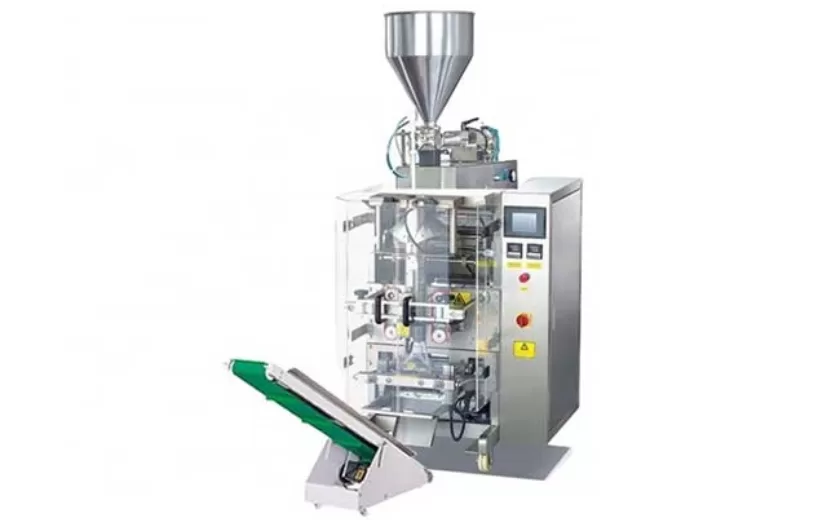
Advanced Packing Solutions: Snacks, Sugar, and Frozen Food Machines
29-10-2025 -
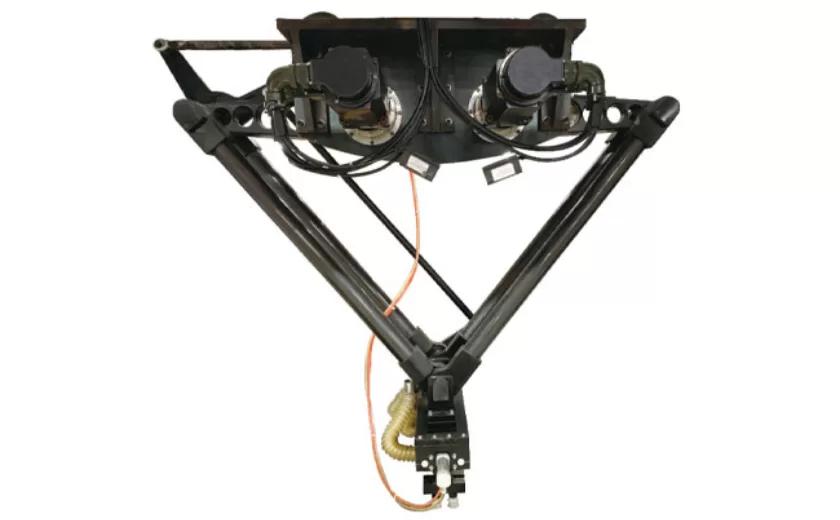
Efficient and Reliable Solutions for Salt, Nuts, and Frozen Dumplings Packing
29-10-2025 -
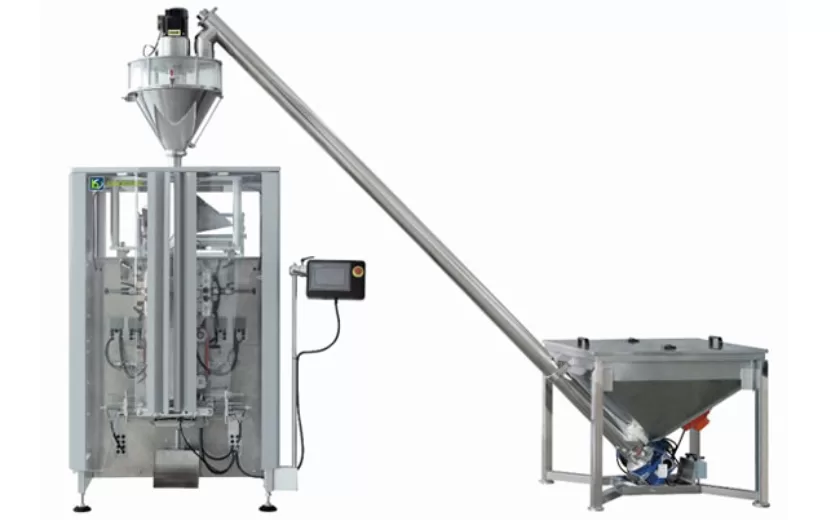
High-Performance Biscuits, Lollipop, and Ketchup Packing Machines for Modern Food Production
29-10-2025 -

Efficient Liquid Filling and Packing Machines for Modern Production
23-10-2025 -
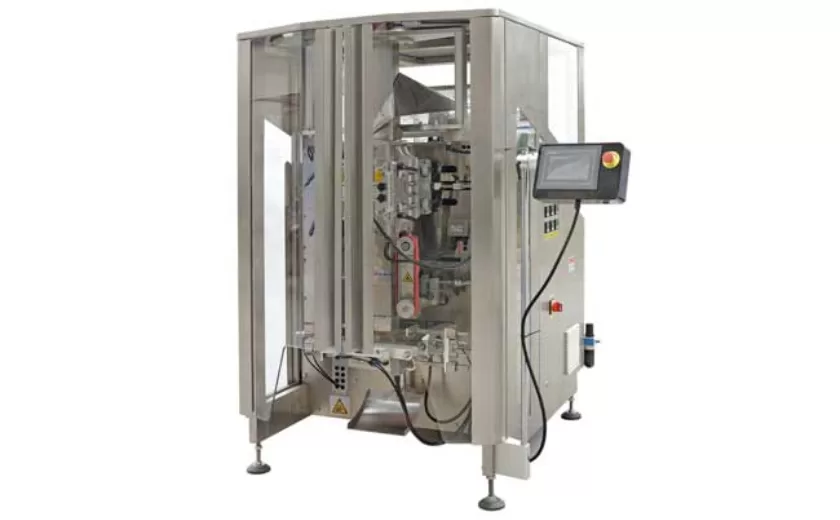
Reliable Granule Packaging Machines for Efficient Production
23-10-2025 -

Efficient Auger Powder Filling Machines for Accurate Packaging
23-10-2025 -

High-Performance Liquid Filling and Packing Machines for Hygienic Production
10-10-2025 -

High-Efficiency Granule Packaging Machines for Precision and Speed
10-10-2025 -

High-Precision Auger Type Powder Filling Machines for Efficient Packaging
10-10-2025 -
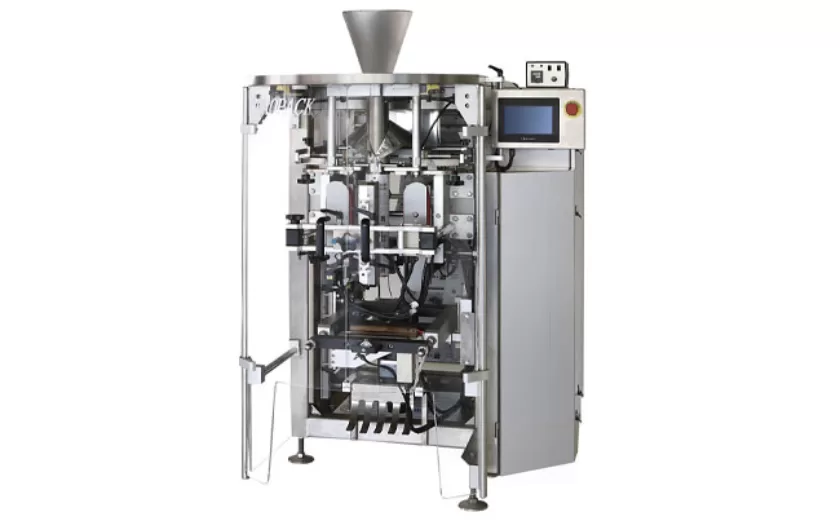
Efficient Vertical Form Fill Seal Packaging Machines for Smart Production
10-10-2025





